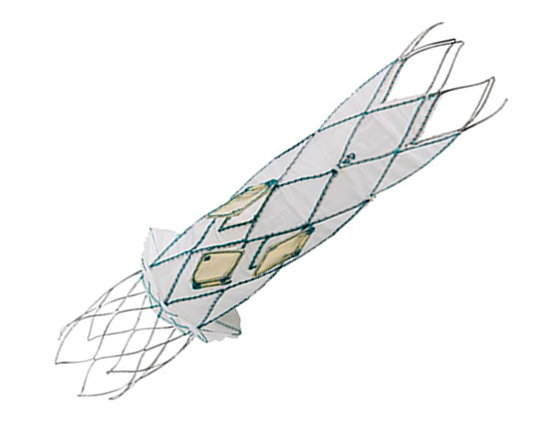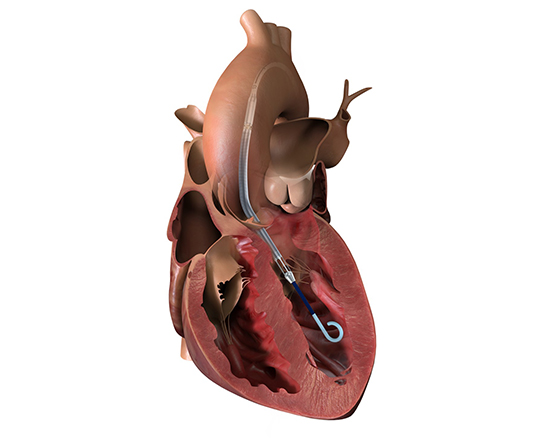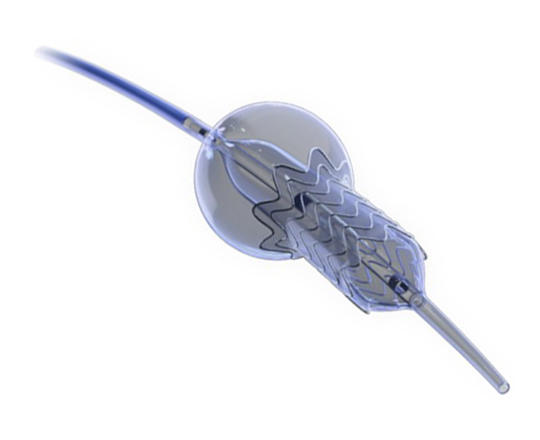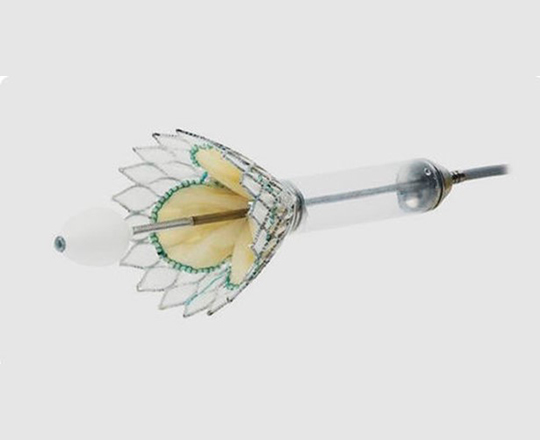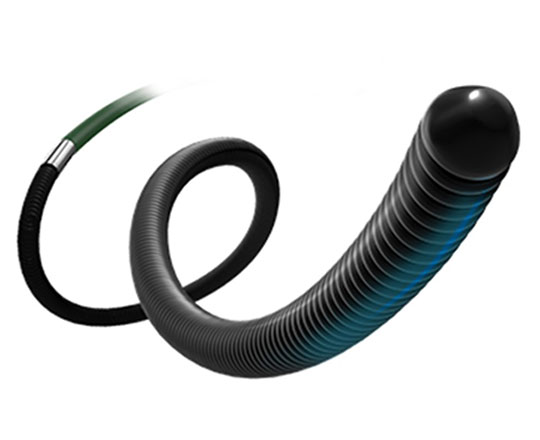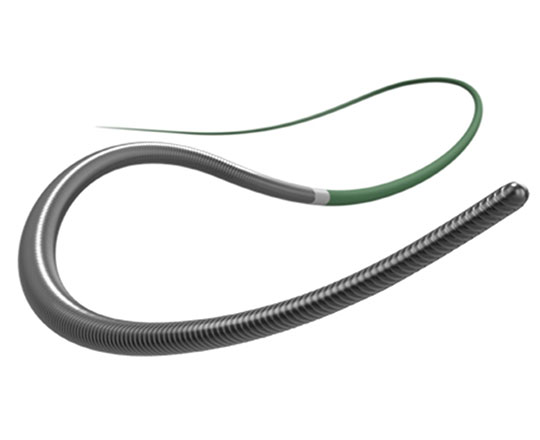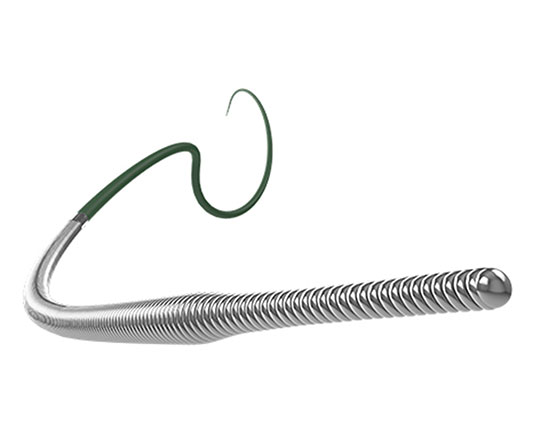TricValve. Transcatheter bicaval valves
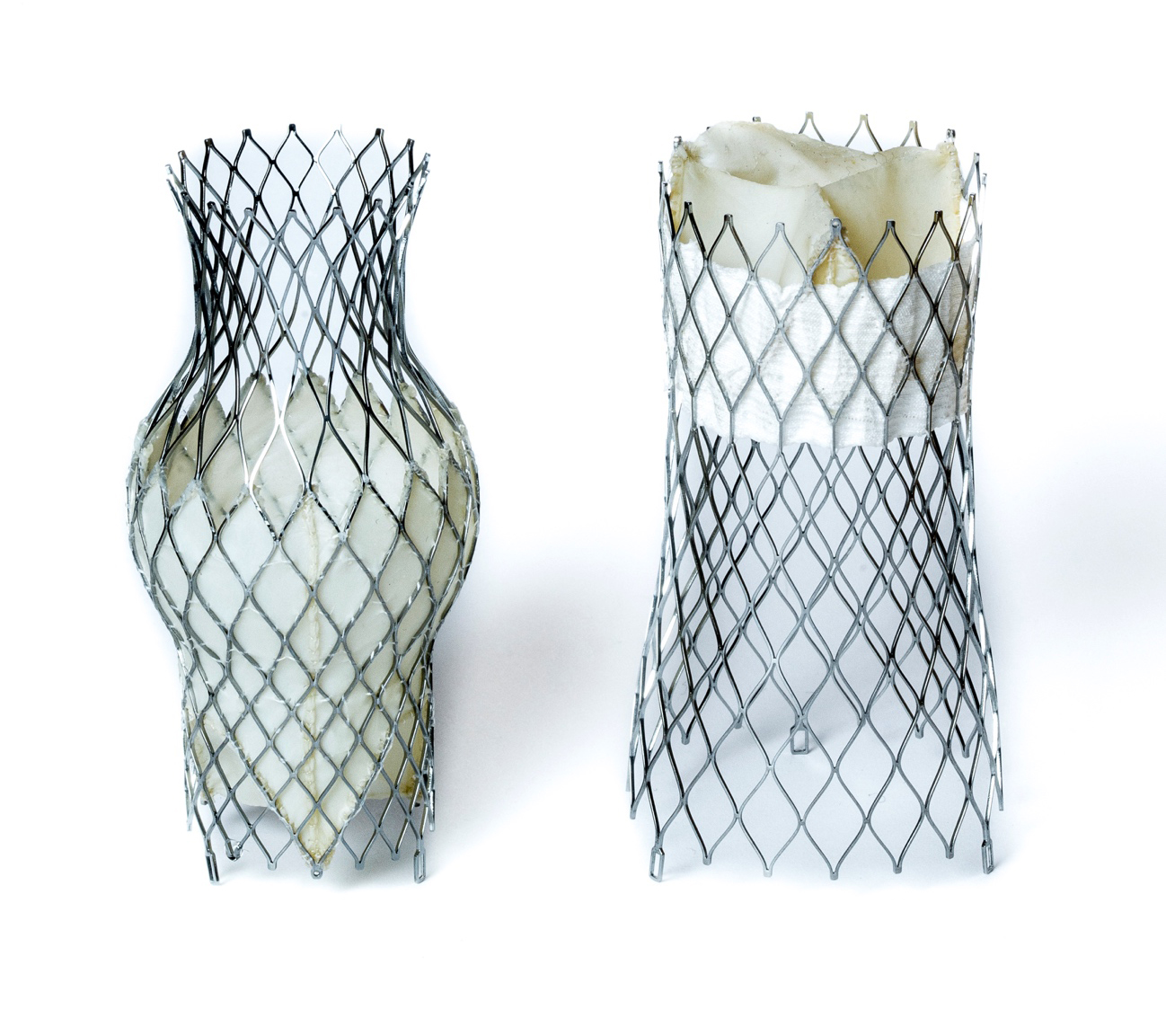
The latest devices under development for the treatment of functional tricuspid regurgitation are transcatheter valves.
In patients with high surgical risk, a system of bicaval valves, such as TricValve, represents an alternative to surgery. The valves consist of a nitinol frame and 3 bovine pericardial leaflets and are available in 25 mm and 29 mm for the superior vena cava and 31 mm and 35 mm for the inferior vena cava.
After implantation of the CAVI system, the caval V wave becomes flattened, while the atrial V wave increases due to the reduced tricuspid regurgitation volume. In the acute phase, the mean caval pressures decrease slightly (2-3 mmHg). In the following weeks, RV remodeling due to the reduced load volume causes a reduction in the vena caval and right atrial pressures1.
The long-term effects on right atrial and right ventricular function are not yet known. However, there are data from 24 months post-implantation that show that the device functions well in patients, with a substantial clinical improvement observed, from NYHA (New York Heart Association) class IV to class II with normalization of previously abnormal liver function.
The CAVI procedure is a clear example of the growing movement towards minimally-invasive devices in structural cardiology.
1.Figulla HR, Kiss K, Lauten A. Transcatheter interventions for tricuspid regurgitation - heterotopic technology: TricValve. EuroIntervention. 2016;12:116-118
Keywords Tricuspid regurgitation, percutaneous prothetic valve.


